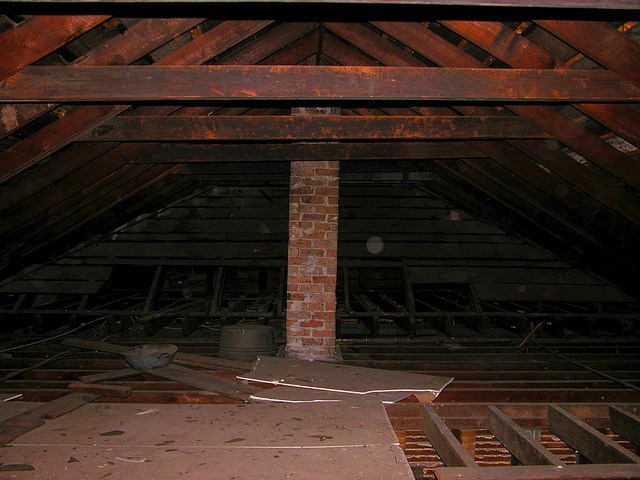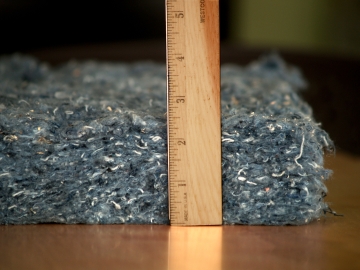Before blowing in your insulation you ll need to create a barrier to keep the insulation from falling into areas where you don t want it like your walkway or down the attic hatch.
Attic insulation squish down.
But while many see the benefits of insulating our houses.
The north american insulation manufacturers association naima has a little two page document about compressing fiberglass insulation pdf.
Add the right kind of insulation.
Let s look at an r 19 batt in a 2x6 cavity step 1.
Subtract the cavity depth from the thickness of the batt in inches.
You can use a piece of rigid foam and attach it with cap nails.
Here s what they say.
Place a 2 inch by 3 inch board directly on top of the joist nearest to the edge of the attic with its largest.
Walk to one end of the attic by carefully stepping only on the wooden ceiling joists.
Always cover the tops of the ceiling joists to make sure the insulation is deep enough to reach your target r value and.
The higher the r value the better the thermal performance of the insulation.
When adding additional insulation you do not have to use the same type of insulation that currently exists in your attic.
The insulation material is compressed the r value decreases by approximately one half of that percentage or x compressed.
When you compress fiber glass batt insulation the r value per inch goes up but the overall r value goes down because you have less inches or thickness of insulation.
The recommended level for most attics is to insulate to r 38 or about 10 to 14 inches depending on insulation type.





























